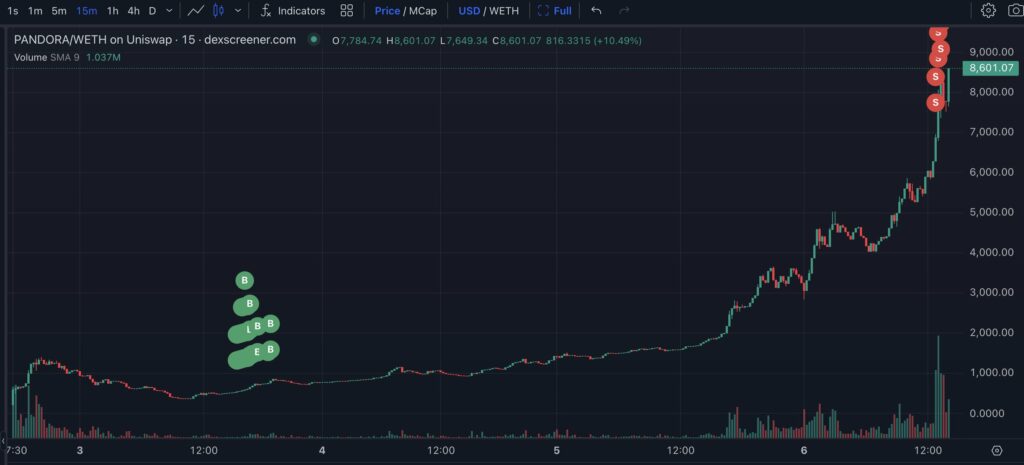
In the cryptocurrency space, novelty and strong price swings are closely correlated. Pandora is the newest novelty to hit the market; it is the first token to use the new ERC404 standard. The goal of this experimental token standard, which is a cross between ERC20 and ERC721, is to combine the existing protocols’ fractionalization and liquidity features. For some investors, Pandora’s price growth of over 13 times has resulted in a startling increase of over $8,600.
An aggressive attempt has been made to combine the fungibility of ERC20 tokens with that of ERC721 tokens with the ERC404 standard. In doing so, ERC404 hopes to facilitate a new kind of asset representation that may open up new avenues for asset engagement, ownership, and trade on the blockchain.

This standard uses a mechanism called “pathing,” which is experimental and intended to facilitate the cohabitation of token amount data and IDs inside a single framework, but with certain compromises.
An example of the sharp rise in Pandora’s value may be seen in the tale of a trader who made almost $1.2 million in two days out of an initial investment of $97,484. The trader made $91,211 by buying 154 Pandora tokens at $633 and selling 25 of them for $7,548 apiece. The trader’s outstanding position was estimated to be worth around $1.1 million.
Every market spectacular increase, meanwhile, is not so easy. Although revolutionary, the ERC404 is experimental and unaudited, indicating that there are hazards associated with its integration and wider use.
Given the historical experience of other cryptocurrency assets that have undergone such parabolic uptrends, it is possible that the sudden surge in price of Pandora may trigger a dramatic reverse. Because ERC404 tokens are still relatively new and involve some degree of speculation, investors and enthusiasts are therefore encouraged to proceed cautiously.


















